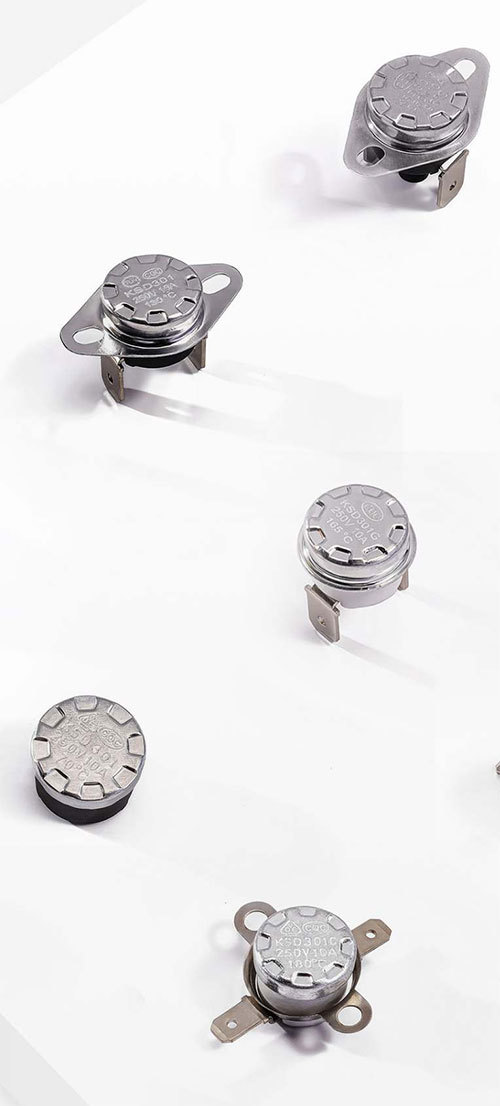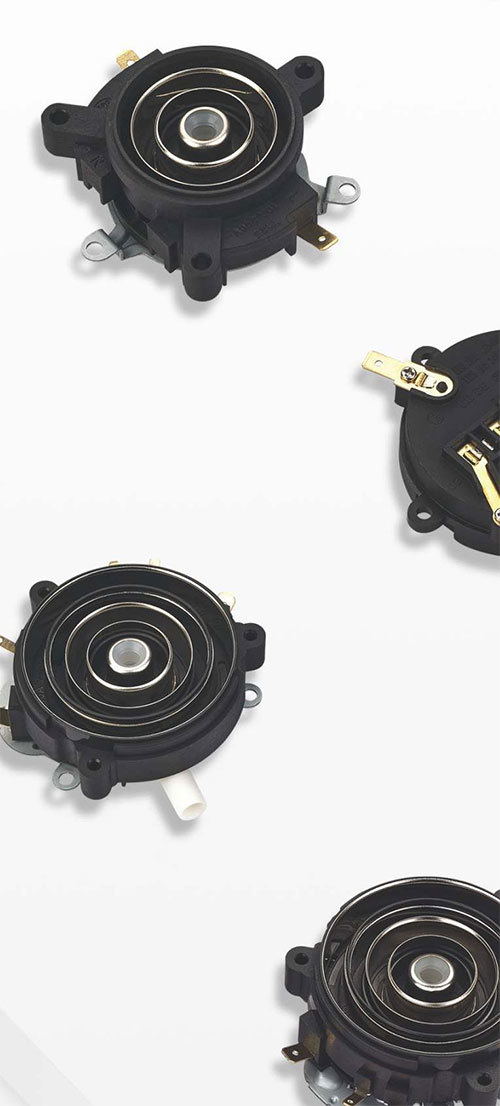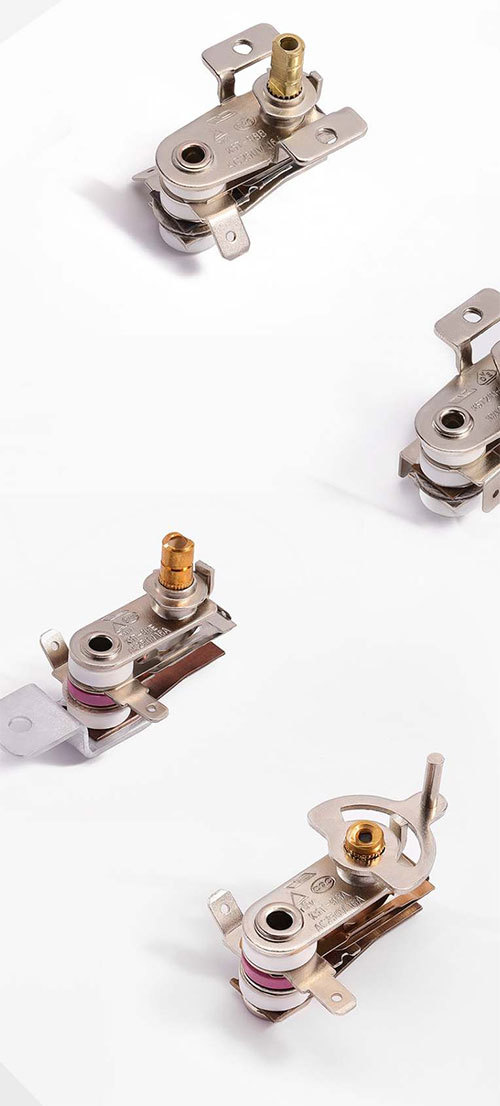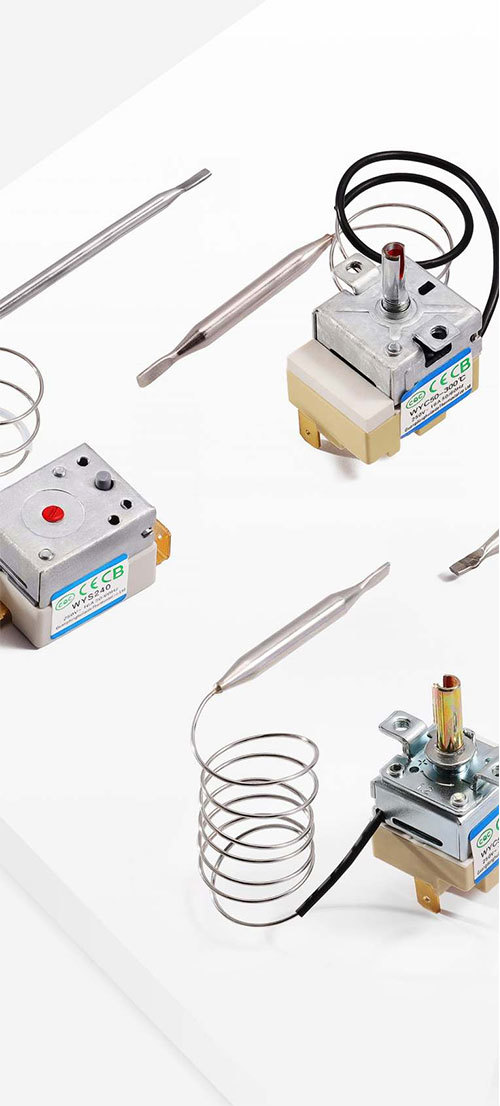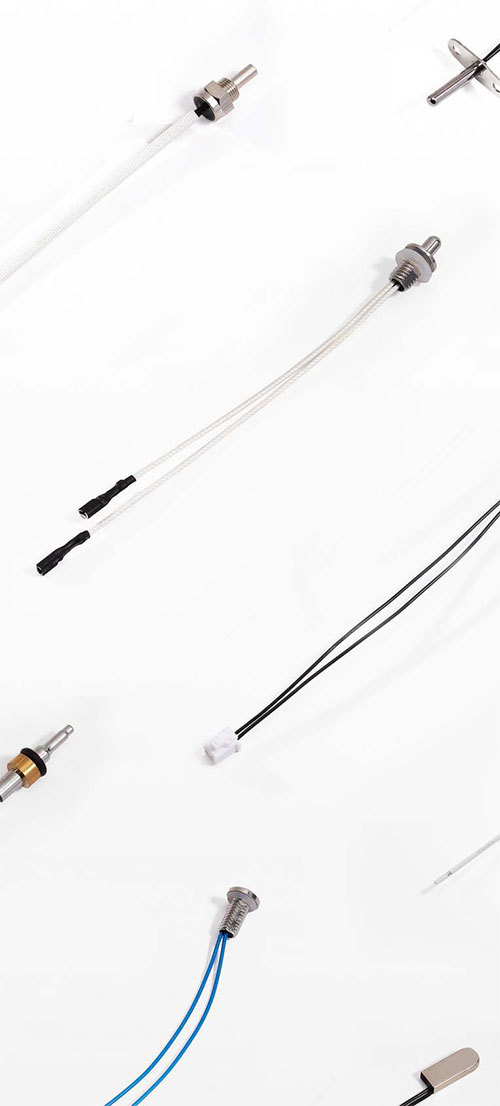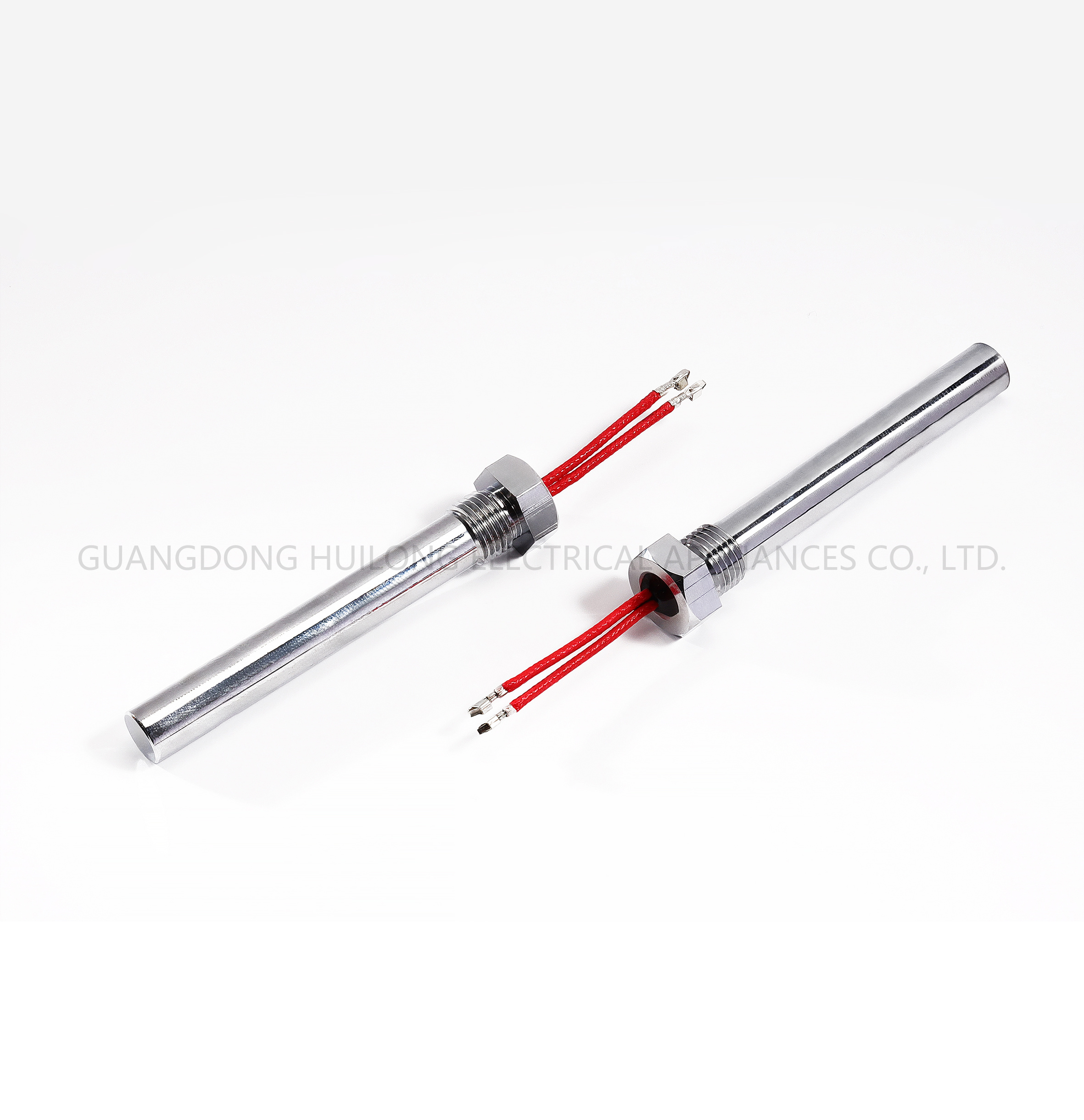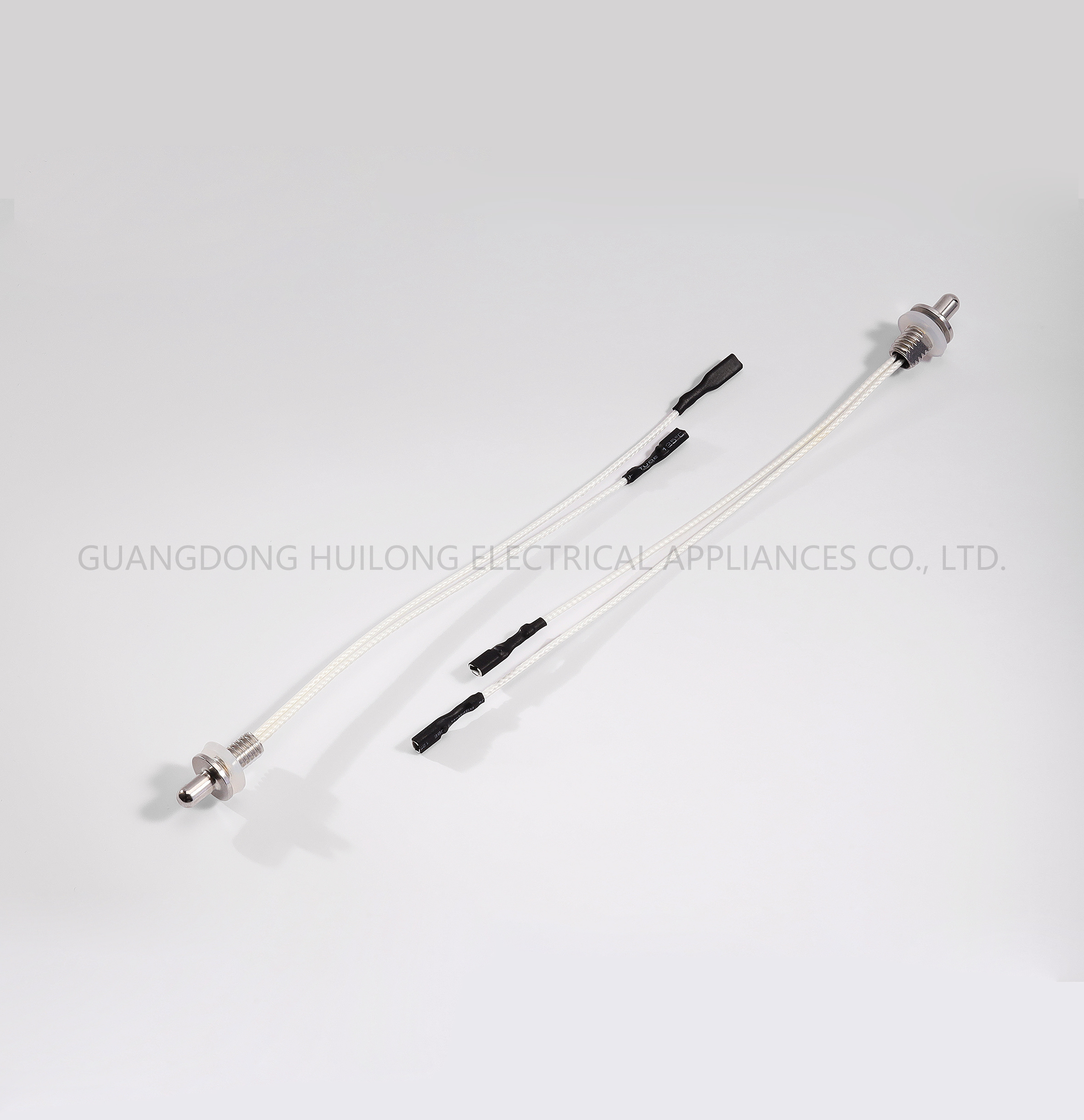How to Diagnose Issues with Your Engine Coolant Temperature Sensor: A Comprehensive Guide
Classification: knowledge
Time:2025-10-08
How to Diagnose Issues with Your Engine Coolant Temperature Sensor
Table of Contents
- Understanding the Engine Coolant Temperature Sensor
- Symptoms of a Faulty Engine Coolant Temperature Sensor
- Common Causes of Engine Coolant Temperature Sensor Failures
- Diagnostic Tools and Techniques
- Step-by-Step Guide to Diagnosing the Sensor
- Testing the Engine Coolant Temperature Sensor
- When to Replace the Engine Coolant Temperature Sensor
- Frequently Asked Questions
- Conclusion
Understanding the Engine Coolant Temperature Sensor
The engine coolant temperature sensor (ECT) plays a crucial role in the performance of your vehicle. Located near the thermostat housing, this sensor measures the temperature of the coolant flowing through the engine. It sends vital information to the engine control unit (ECU), helping manage fuel injection, ignition timing, and overall engine efficiency. A malfunctioning ECT can lead to significant performance issues, overheating, and even engine damage.
Symptoms of a Faulty Engine Coolant Temperature Sensor
Diagnosing issues with your engine coolant temperature sensor begins with recognizing the symptoms. Here are some common indicators that your ECT may be failing:
Inaccurate Temperature Readings
If your temperature gauge frequently fluctuates or remains at an incorrect reading, it's a significant sign of a faulty sensor. For instance, if the gauge shows that your engine is cold when it's actually overheating, immediate attention is necessary.
Engine Overheating
An unreliable ECT can mislead the ECU, causing it to not engage the cooling fans when needed. This can lead to overheating, which poses a severe threat to your engine's health.
Check Engine Light Activation
A malfunctioning ECT can trigger the check engine light. Running a diagnostic scan can confirm if the issue relates to the coolant temperature sensor.
Poor Fuel Economy
Your vehicle may exhibit decreased fuel efficiency due to improper fuel mixture calculations caused by incorrect temperature readings.
Difficulty Starting the Engine
An ECT that inaccurately reports temperatures can make starting the engine challenging, especially in cold weather.
Common Causes of Engine Coolant Temperature Sensor Failures
Understanding what causes ECT failures can help you prevent future issues. Here are some common culprits:
Corrosion and Contamination
Corrosion from coolant leaks or age can damage the sensor. Contaminated coolant can also affect sensor performance, leading to inaccurate readings.
Electrical Issues
Faulty wiring or connections can interrupt the signal sent from the sensor to the ECU. Inspecting the wiring for wear and tear is essential for proper diagnosis.
Physical Damage
The sensor is exposed to extreme conditions within the engine compartment. Physical damage from road debris or improper installation can lead to sensor failure.
Age and Wear
Like any component, the ECT sensor can wear out over time. Regularly inspecting the sensor during routine maintenance can help catch issues before they escalate.
Diagnostic Tools and Techniques
To accurately diagnose issues with your engine coolant temperature sensor, you will need specific tools and techniques.
OBD-II Scanner
An OBD-II scanner is essential for reading trouble codes from your vehicle's ECU. This tool provides insights into sensor performance and can help identify issues quickly.
Multimeter
A multimeter can measure voltage and resistance, helping you check the functionality of the ECT and its wiring.
Cooling System Pressure Tester
Using a pressure tester can help detect leaks in the cooling system that may affect the sensor's performance.
Step-by-Step Guide to Diagnosing the Sensor
Follow this comprehensive guide to diagnose your engine coolant temperature sensor effectively:
Step 1: Initial Inspection
Begin by visually inspecting the sensor and wiring for any signs of damage, corrosion, or wear. Ensure all connections are secure.
Step 2: Scan for Error Codes
Use an OBD-II scanner to check for any stored trouble codes related to the coolant temperature sensor. Document any codes that appear.
Step 3: Measure Voltage and Resistance
With the engine off, disconnect the ECT connector and use a multimeter to measure the resistance across the terminals. Compare your readings to the manufacturer's specifications.
Step 4: Test Sensor Functionality
Start the engine and allow it to reach operating temperature. Measure the voltage output of the sensor using the multimeter. The readings should vary with temperature.
Step 5: Check for Coolant Leaks
Inspect the cooling system for leaks. Use a pressure tester to ensure the system holds pressure, which can affect sensor performance.
Step 6: Replace the Sensor if Necessary
If your tests indicate that the sensor is faulty, replacing it is the best course of action. Follow the manufacturer’s guidelines for a proper installation.
Testing the Engine Coolant Temperature Sensor
Testing the ECT involves specific procedures that ensure accurate readings.
Performing a Bench Test
Remove the sensor and perform a bench test by submerging it in a heated water bath. Measure the resistance at various temperatures and compare the results to the manufacturer's specifications.
Checking Signal Output
While the sensor is connected, start the engine and monitor the signal output with your multimeter. The output should increase as the engine warms up.
When to Replace the Engine Coolant Temperature Sensor
Knowing when to replace the ECT is crucial for maintaining your vehicle's performance. Consider replacement if:
Persistent Symptoms
If symptoms persist despite testing and inspections, replacement is necessary to avoid further damage.
Age of the Sensor
If the sensor has been in service for over 100,000 miles, it's wise to consider replacement during routine maintenance.
Corrosion or Physical Damage
If visible corrosion or damage is present, replacing the sensor is essential to ensure accurate readings.
Frequently Asked Questions
1. How often should I replace my engine coolant temperature sensor?
Typically, it's advisable to replace the ECT sensor every 100,000 miles or during major service intervals.
2. Can I drive my vehicle with a faulty coolant temperature sensor?
Driving with a faulty sensor can lead to overheating and severe engine damage. It’s best to address the issue immediately.
3. What is the cost of replacing an engine coolant temperature sensor?
The cost of replacement varies widely depending on the make and model of the vehicle, averaging between $100 and $300 including parts and labor.
4. How can I prevent coolant temperature sensor issues?
Regular maintenance, including coolant checks and sensor inspections, can prevent many issues. Ensure your cooling system is free from leaks and corrosion.
5. What other issues can a faulty ECT cause?
A faulty ECT can result in poor fuel economy, increased emissions, and various engine performance problems.
Conclusion
Diagnosing issues with your engine coolant temperature sensor is vital for maintaining your vehicle’s health. By recognizing the symptoms, understanding the common causes, and utilizing the right diagnostic tools, you can ensure your engine runs smoothly and efficiently. Regular inspections and timely replacements will not only save you from costly repairs but also enhance your vehicle's performance. Stay proactive, and your engine will thank you!
Keyword: How to Diagnose Issues with Your Engine Coolant Temperature Sensor: A Comprehensive Guide
RELATED INFORMATION
Maximizing Energy Efficiency: The Critical Role of Temperature Controllers with Sensors
Maximizing Energy Efficiency: The Critical Role of Temperature Controllers with Sensors Table of Contents 1. Introduction to Energy Efficiency in Buildings 2. What Are Temperature Controllers? 2.1 Types of Temperature Controllers 2.2 How Temperature Controllers Work 3. The Importance of Sensors in Temperature Control 3.1 D
2025/10/22
Temperature controllers with sensors play a pivotal role in modern building management systems, particularly in the construction and decorative materials sector. These devices are designed to monitor and regulate the temperature within a specific environment, ensuring optimal conditions for both occupants and materials. By integrating advanced sensor technology, these controllers provide precise t
2025/10/15


